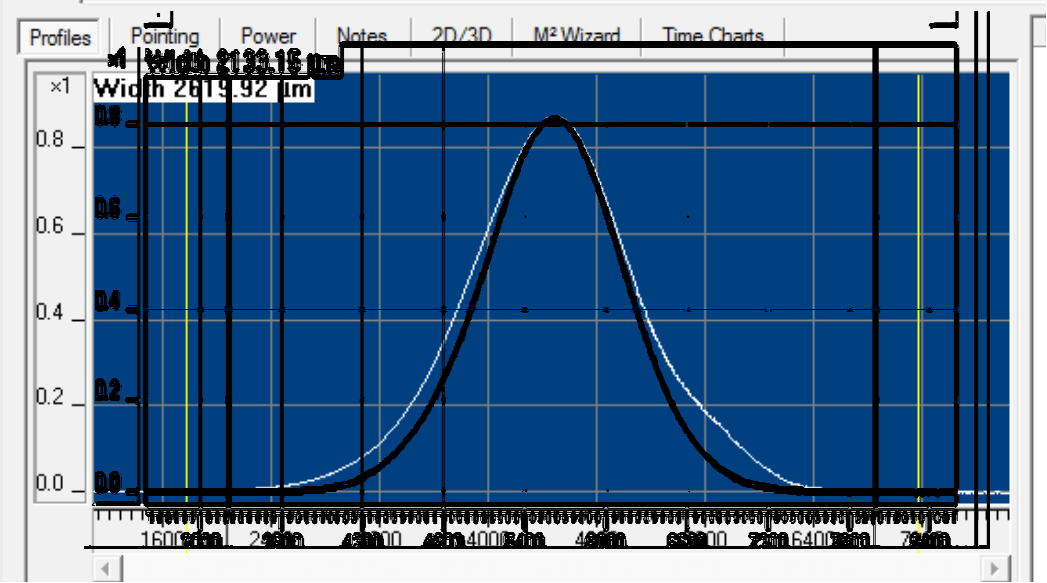TITLE: 04/18 Day Shift: 15:00-23:00 UTC (08:00-16:00 PST), all times posted in UTC
STATE of H1: Planned Engineering
INCOMING OPERATOR: None
SHIFT SUMMARY:
LOG:
15:22 Untripped OM and SEI WDs in HAM6
15:28 Robert out to LVEA for equipment
15:46 Karen to Y arm stations for cleaning
15:48 APS on site
15:53 TvO out to LVEA to retrieve a laptop
16:00 Jason out to PSL
16:20 Jeff B out to LVEA
16:50 N and Terry out to HAM6
16:51 Verbal Alarms restarted_ crashed
16:53 Hugh out to LVEA to do property inventory
17:19 Marc to CER mez to check HV squeezer HV supply
17:24 Mark and Tyler back from EX
17:38 Jeff B back
17:42 Vac team out to MY
18:01 Hugh back
18:33 Marc out to floor to replace squeezer PZT supply
18:35 Hugh to EX for inventory
18:20 Dave B at EX for a SUSAUX computer reboot
18:50 Dave back
19:26 Marc back
19:28 Hugh back
19:49 Rick, Peter, and Jason out of the PSL
20:33 Ken out to the LVEA to breech the outside door for an electrical installation
20:35 Jonathan to restart FW0
20:37 Travis to EX to take pictures of weld mirrors
20:43 Ken back
20:44 Marc out to LVEA
20:45 Georgia, Craig, and Niko to EX to work in-chamber - EFM
20:49 N out to HAM6 table area
20:50 Hugh out to HAM6
20:55 Travis back
20:56 Corey out to LVEA- installing panel on squeezer table
20:57 Dave to MX to restart PEMMX
21:04 Cheryl out to the optics lab
21:23 Cheryl back
21:36 Corey back
21:39 Hugh back
21:41 Dave back to MX to try again
21:42 Tyler ad Mark out to LVEA - large equipment access area
21:48 N back
22:00 Site Weekly































































Leak testing related to install from aLOG 41523
Baffle nipple/housing is SN006. Chevron baffle assembly is SN004.